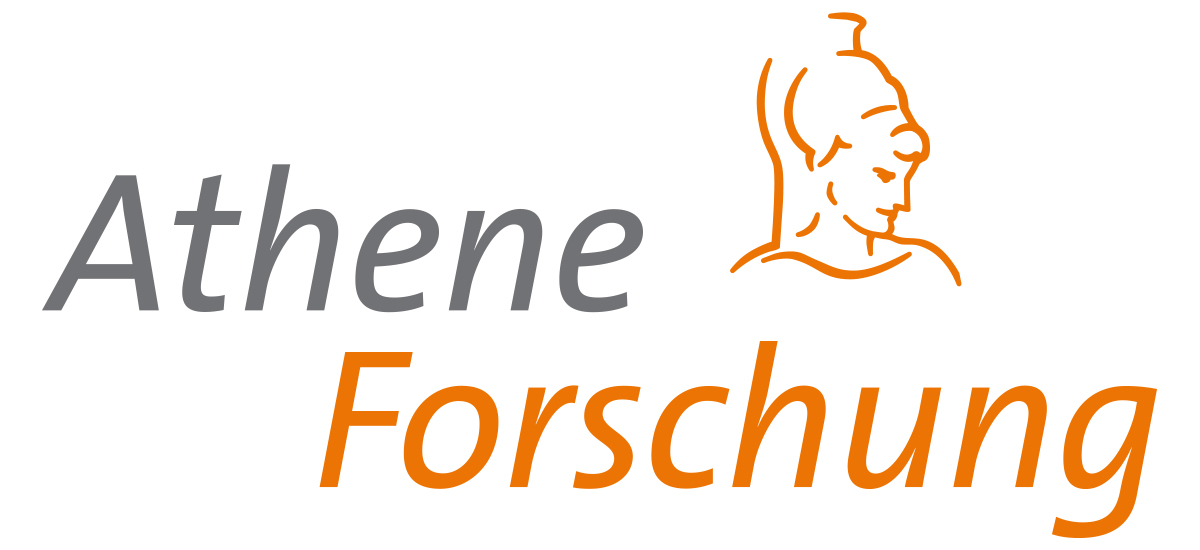Authors:
Patton, Alessia; Leonetti, Leonardo; Kiendl, Josef
Document type:
Zeitschriftenartikel / Journal Article
Title:
An isogeometric assumed natural strain method to alleviate locking in solid beams
Journal:
Computer Methods in Applied Mechanics and Engineering
Volume:
442
Year:
2025
Pages from - to:
118024
Language:
Englisch
Abstract:
This work proposes a novel Isogeometric Analysis (IGA) extension of the assumed natural strain (ANS) method to alleviate locking phenomena in solid beams, which are modeled as 3D elements accounting for displacement degrees of freedom solely and designed such that accurate analyses can be generally obtained using only one element to discretize the structure’s cross-section. ANS methods substitute covariant compatible strains that cause locking in solid beams, when, e.g., constrained to be thin, with a so-called assumed strain field. Namely, the compatible strains are interpolated at suitable locations, termed tying points, and the assumed strains are then derived using an ad hoc element-based extrapolation. This local operation involves, in principle, the inversion of extrapolation matrices; yet, these quantities can be computed at once and in closed form, using a linear extrapolation in the quadratic case, without needing any inversion operation. The introduced IGA ANS technique, specifically tailored to mitigate membrane and shear locking, given the superior geometric approximation provided by the adopted IGA framework, as well as the high regularity of the utilized computer-aided design basis functions, is also able to naturally alleviate thickness and curvature-thickness locking phenomena and its effectiveness is proven through extensive numerical testing.
«
This work proposes a novel Isogeometric Analysis (IGA) extension of the assumed natural strain (ANS) method to alleviate locking phenomena in solid beams, which are modeled as 3D elements accounting for displacement degrees of freedom solely and designed such that accurate analyses can be generally obtained using only one element to discretize the structure’s cross-section. ANS methods substitute covariant compatible strains that cause locking in solid beams, when, e.g., constrained to be thin,... »
ISSN:
1879-2138
Article ID:
118024
Department:
Fakultät für Bauingenieurwesen und Umweltwissenschaften
Institute:
BAU 2 - Institut für Mechanik und Statik
Chair:
Kiendl, Josef
Project:
ERC CoG FDM^2
Open Access yes or no?:
Ja / Yes
Type of OA license:
CC BY 4.0
Licence URL:
Miscellaneous:
Die Veröffentlichung wurde finanziell unterstützt durch die Universität der Bundeswehr München (Publish-and-Read-Vertrag).









 BibTeX
BibTeX